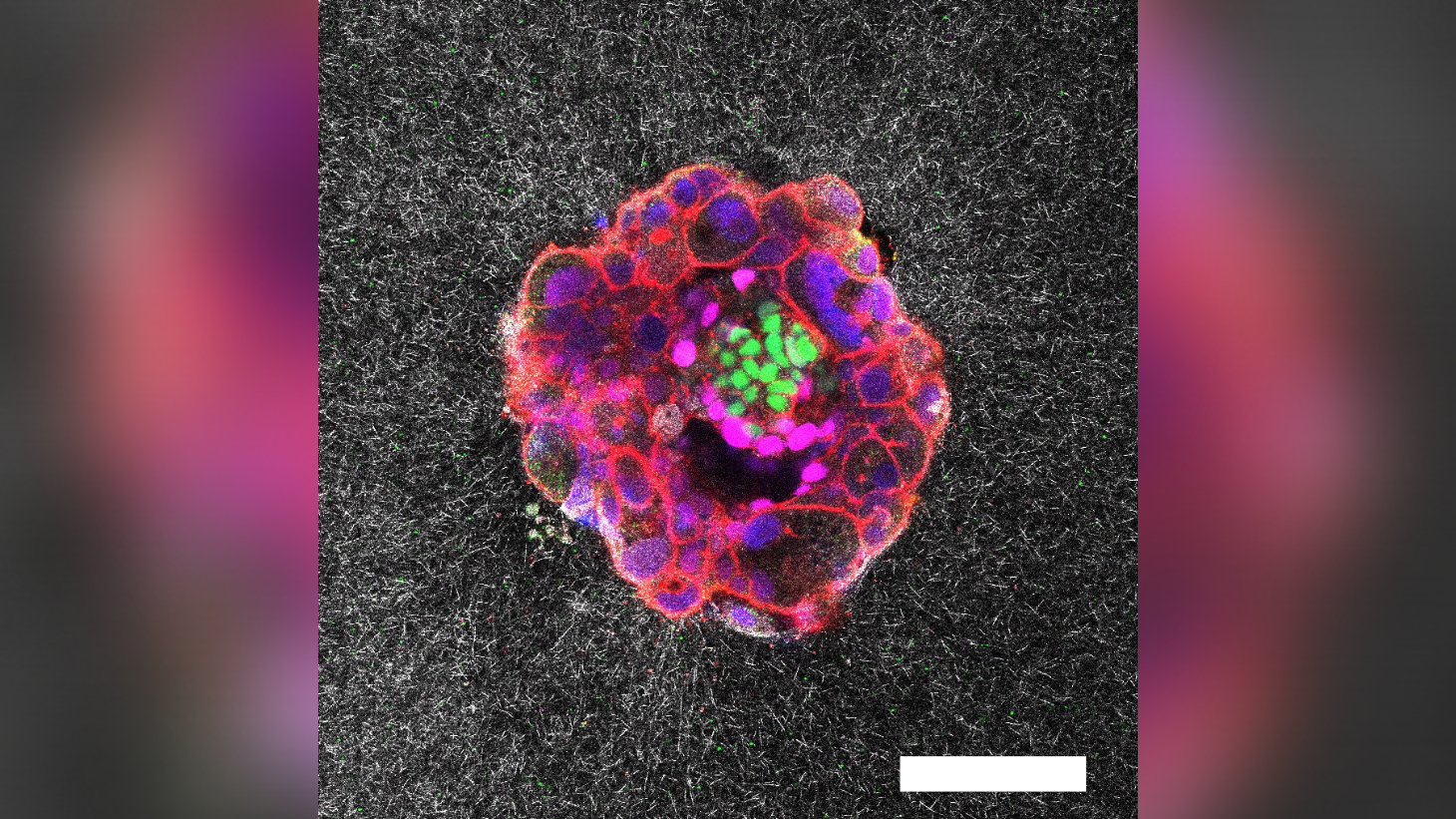Bad Journalism Encourages Psychic Detectives

Ada Wasson and Mary Ellen Walters vanished.
The elderly pair left their Warren County, Ohio, retirement home on April 19 for a day of shopping at an outlet mall. They never arrived. Days turned into weeks and months, with no clue about their fate. Their car was missing, their credit cards had not been used, and no one had reported seeing them.
Police were puzzled, and their families were desperate. The case was widely publicized, attracting attention, sympathy—and psychics.
While the news media often report on a psychic's introduction into missing persons cases, reporters very rarely follow up on the psychics. The result is that the public hears about psychics being involved, but doesn't hear about whether or not psychic information actually recovered the missing person or solved the case.
(An early news report on Wasson and Walters was headlined "Psychic Aids In Search For Missing Women," despite the fact that the women had not been found, and thus there was no way to know whether the psychic had in fact helped in the search. Giving wild guesses and incorrect information to police hardly "aids" in the search.)
Digging deeper
News of the women's recent recovery was reported in dozens of newspapers, but only one enterprising journalist dug a little deeper and interviewed police about the information they received from dozens of self-proclaimed psychics. The result was an excellent article headlined "Psychic Tips Were Off On Missing Women Case," by Deb Silverman, a reporter for WCPO in Cincinnati.
Get the world’s most fascinating discoveries delivered straight to your inbox.
According to Silverman, police were contacted by about 30 psychics over the course of the six-month investigation. They sent maps, audiotapes, letters, dream journals, and e-mails. One supposed psychic said that the numbers 42 and 27 were significant and would help police find the missing women. Another said the pair would be found about five miles from where they were last seen; another said searchers should look in the Ohio River; still another said the women were within 300 feet of a rural, white church somewhere. Thirty different "psychics" gave 30 different answers.
The women were found, not by psychics, nor by police.
The skeletal remains of Wasson and Walters were spotted Oct. 14 by a hunter and his son in a secluded field near Interstate 71 in Kentucky. One of the women was in the car, the other was nearby, apparently having tried in vain to reach the highway. There were no signs of foul play; the pair had missed their exit to the mall, and tried to turn around but got lost on the country roads before driving into a dry creek bed where their car got stuck. Both were in poor health and neither had a cell phone.
The significant numbers? 30 and 40
All the information that all 30 psychics gave was wrong. The numbers, the dreams and visions, the river, the white churches—every detail was not only completely wrong but wasted time and resources. Police spent about 40 work hours sorting through the information.
The psychics are largely to blame, but journalists bear some responsibility. If more journalists covering missing persons cases followed up on their reporting and publicized psychics' consistent failures, perhaps fewer would contact police with their visions and hunches, wasting police time and falsely raising the hopes of the missing person's family.
- Top 10 Unexplained Phenomena
- The Most Popular Myths in Science
- Urban Legends Debunked
Benjamin Radford has tracked the accuracy of psychic predictions for over a decade, and predicts they will never get any better. His books and films can be found on his website.

